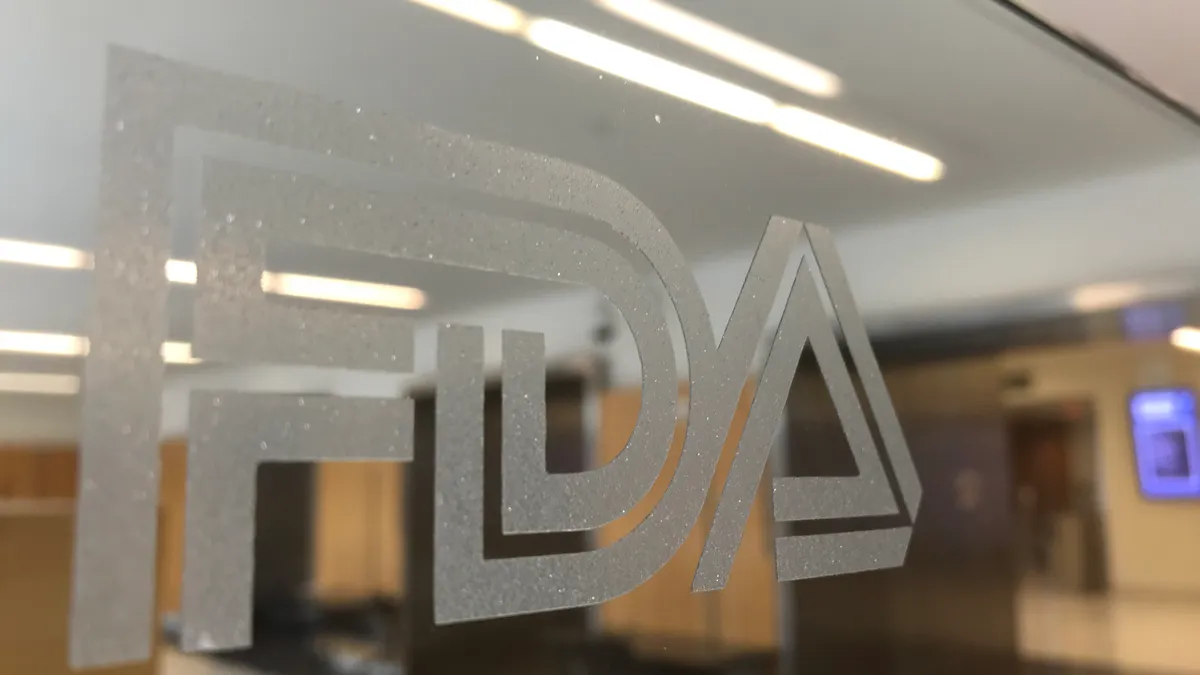Dive Brief:
-
PerkinElmer’s coronavirus nucleic acid kit has achieved the lowest limit of detection of any COVID-19 diagnostic in a sensitivity comparison of nearly 60 products published by FDA.
-
The agency compiled the list after creating a SARS-CoV-2 reference panel and sharing it with the developers of 176 authorized assays. PerkinElmer had the lowest LoD of any developer to return data, with the next closest competitor posting a figure three times as high. A lower LoD indicates greater sensitivity or ability to accurately detect the virus.
- The results, in line with an earlier analysis of FDA data, suggest PerkinElmer’s test is more sensitive than other products. One study linked a 10-fold increase in LoD to a 13% rise in the false-negative rate. If the analysis of the link between LoD and false negatives is correct, some of the products may miss most cases of COVID-19.
Dive Insight:
The lack of clinical specimens early in the pandemic forced COVID-19 diagnostic developers to use contrived samples such as gene specific RNA, synthetic RNA or whole genome viral RNA to evaluate the performance of their tests. That made reliable cross-diagnostic comparisons impossible because each test was validated using samples derived from different sources.
FDA created a reference panel in May to facilitate comparisons between tests. Since then, tens of assay developers have used the reference panel to assess the performance of their tests, enabling the agency to show how the products compare.
PerkinElmer reported a LoD of 180 detectable units per mL. ScienCell Research Laboratories, the company with the second lowest LoD, posted a result of 540. Hologic was among the best performing of the major test developers, reporting 600 for its Aptima and Panther Fusion assays.
Other big names posted far higher LoDs with lower sensitivity. The best performing tests from BD, Quest Diagnostics and Roche had 1,800, ten times the limit of PerkinElmer’s test. Abbott’s lowest was 5,400. Tests developed by the CDC, Color and Qiagen had LoDs of 180,000.
Research into the link between LoD and false negatives suggests the differences between the tests may have significant consequences. A preprint paper published by researchers at Boston’s Beth Israel Deaconess Medical Center in June linked a 10-fold increase in LoD to the failure to detect SARS-CoV-2 in an additional one in eight infected patients. FDA data show some tests have a 1,000 times higher than PerkinElmer’s product.
Tests that use dry swabs recorded the highest. The limits of detection for Abbott’s ID NOW COVID-19 and Quidel’s Lyra Direct SARS-CoV-2 Assay were 300,000 and 540,000, respectively. Quidel’s is 3,000 times that of PerkinElmer’s result. Quidel’s Lyra SARS-CoV-2 Assay test, which like the PerkinElmer product uses transport media, performed better, recording 6,000.
However, the choice of units complicates the task of comparing the results to the LoDs claimed by companies. Test developers typically quote LoD in terms of copies per mL. A FDA comparison of Zika virus assays shows a test’s LoD in terms of copies per mL is different from its detectable units per mL result. PerkinElmer claims a LoD of 7 to 27 copies per mL.
The reference panel also has limitations. While FDA sees the panel as an effective way to compare tests, the fact it only includes one strain of SARS-CoV-2 and one cross-reactant, MERS-CoV, means it is unable to determine a diagnostic’s ability to detect mutated forms of the pandemic virus.










